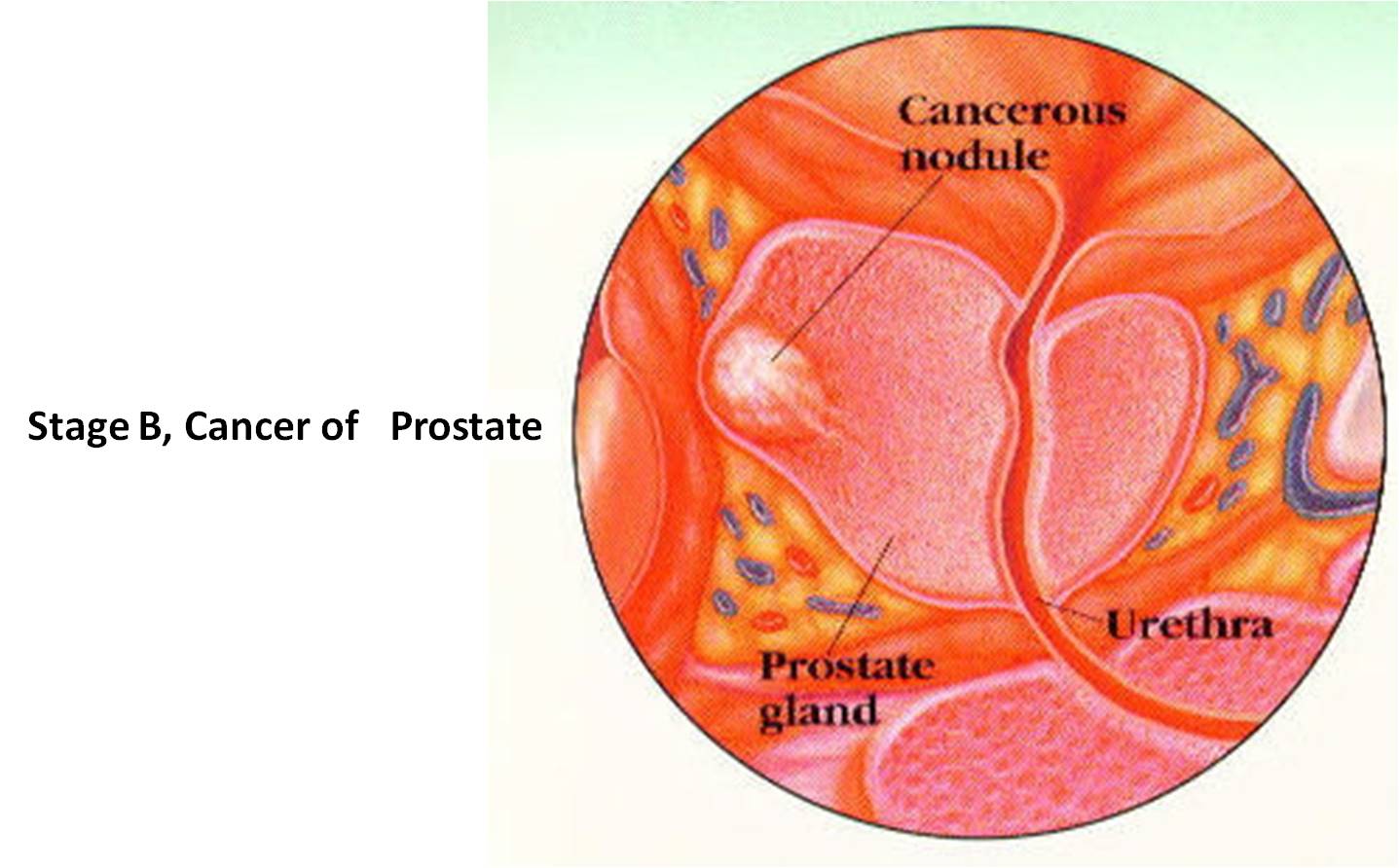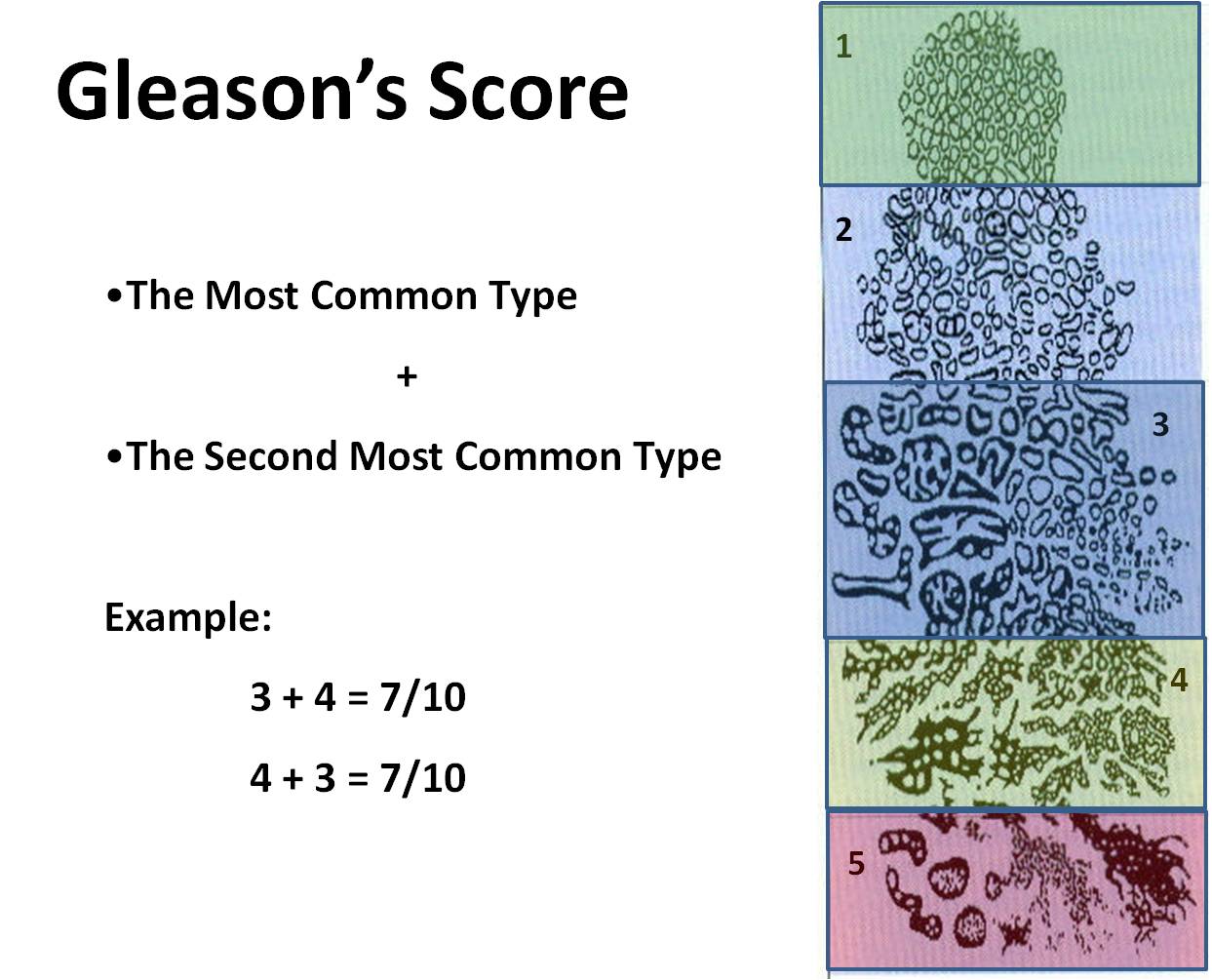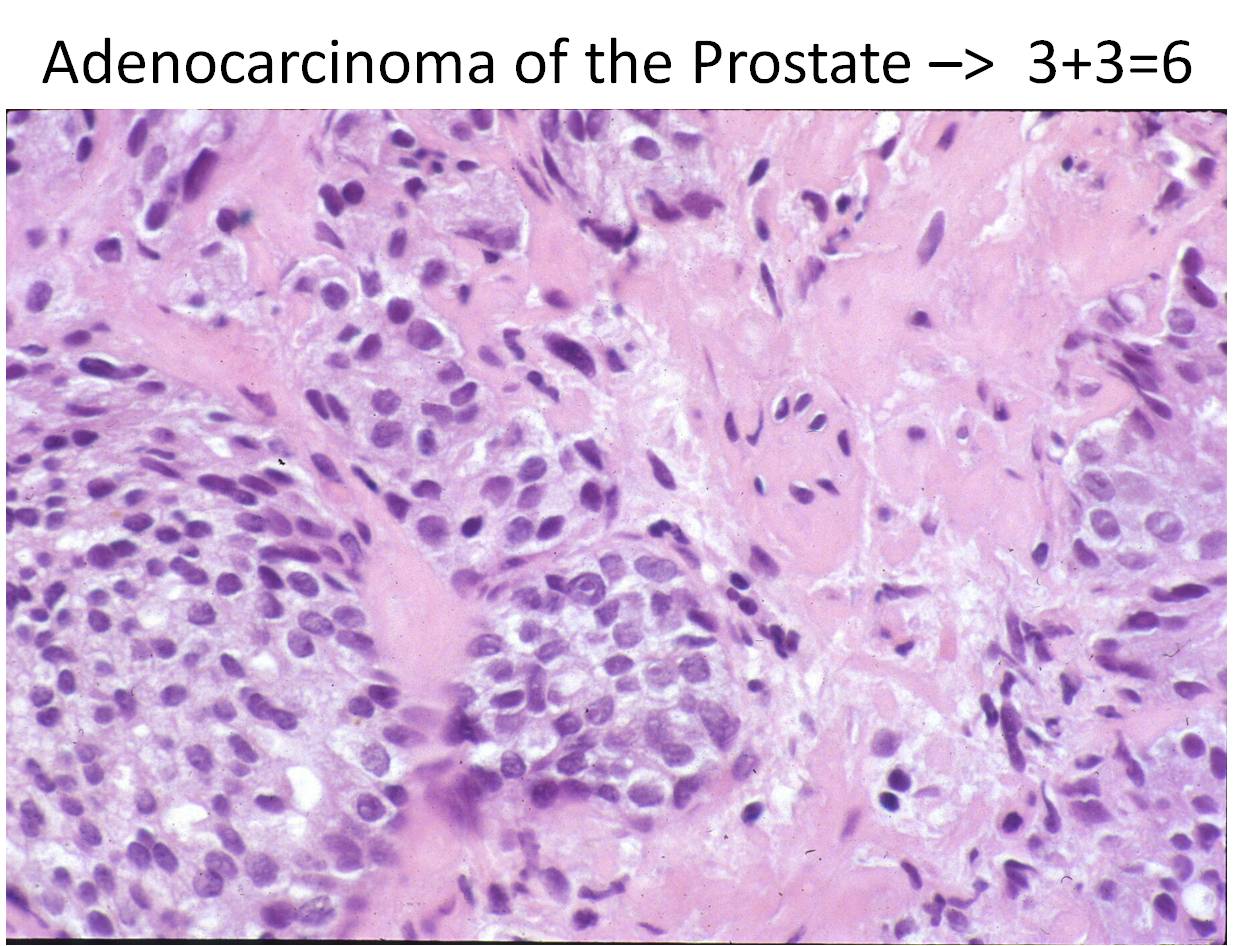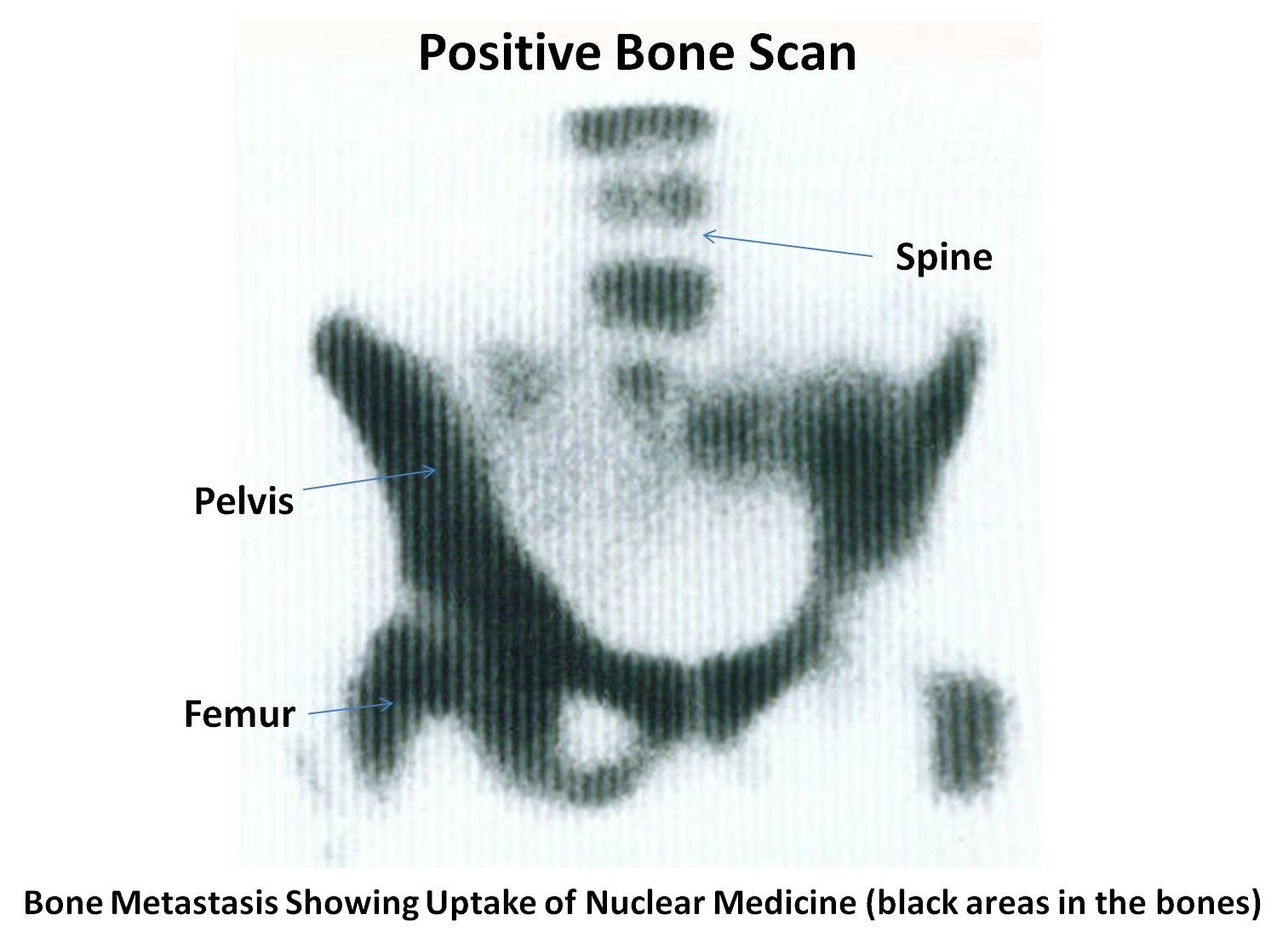-
Each year there are more than 200,000 cases diagnosed in America
-
More than 38,000 patients die each year from prostate cancer
-
African-Americans are at 3 times higher risk to develop prostate cancer
-
There is a higher probability of developing cancer if a father or grandfather had it.

WHAT IS
PSA
AND
FREE
PSA?
This is a blood test. PSA (Prostatic Specific
Antigen) is only produced by prostatic cells,
normally up to 4.0 ng/ml. Cancer is not the only
variable that can elevate the results of this
test. It can also be
elevated with inflammatory or infectious processes of
the prostate or benign large prostatic growth
(BPH.) An abnormal PSA gives a
clue
of possible cancer of the Prostate, however even
with a normal PSA, some patients may have
cancer.
Thousands of lives have been saved around the world by detection of an abnormal PSA in conjunction with a rectal examination of the prostate. If the blood test and exam are normal, patients are advised to visit the office again in one year. If one or both of the blood test and/or the rectal examination are abnormal, we advise the patient to have a prostatic biopsy.
If cancer is detected earlier, the
chances of curing the cancer are higher. At present the
incidence of
newly
diagnosed patients with Metastatic (spreading
beyond the prostate) prostate cancer has
decreased by 66 %
"Free
PSA” is a fraction of the total PSA which can
identify patients who have a higher possibility
of cancer
when the percent of Free PSA is below 25%.
WHAT IS
GLEASON’S
SCORE ?
In this picture, you will
see 5 different “GRADES” of malignancy (level of
aggressiveness) of Cancer identified by
a Pathologist named Dr. Gleason more than 45 years
ago from the core biopsies of the prostate, sent
to him for Microscopic Studies by the Urologists
of his Hospital. Since one prostatic biopsy core could
contain more than one grade of cancer, he
reported results by adding the most common grade
to the
less common grade, for example 3+4=7. We call this a
Gleason’s score of 7.
This score gives the Urologist the degree of malignancy being treated, the prognosis of each patient, and helps the urologist decide what treatment will be most effective.
The best score would be 1+1= 2, and the worst score would be 5+5= 10.
Patients with a Gleason’s score of 10 have a 100% chance of gross or microscopic metastasis. The prognosis will be the poorest for these patients.
A patient with Gleason’s score of 3+4= 7 will have a 50% chance of metastasis. However, if a patient has a Gleason of 4+3= 7, his chances of metastasis will go up to 70%.
This emphasizes the thought
that in
medicine, 2+2 is not necessarily 4.


WHAT IS
METASTASIS?
Metastasis means that the cancer cells have escaped from the prostatic gland by the way of blood vessels, lymphatic vessels, perineural spaces, or by contiguity to neighbor organs and start growing prostatic cancer cells away from the prostate. The bones, pelvic lymph-nodes, and lungs are the most common areas of spread for patients with cancer of the prostate. Patients with distant metastatic disease are in their last stage of cancer of the prostate (Clinical Stage D-2.)
